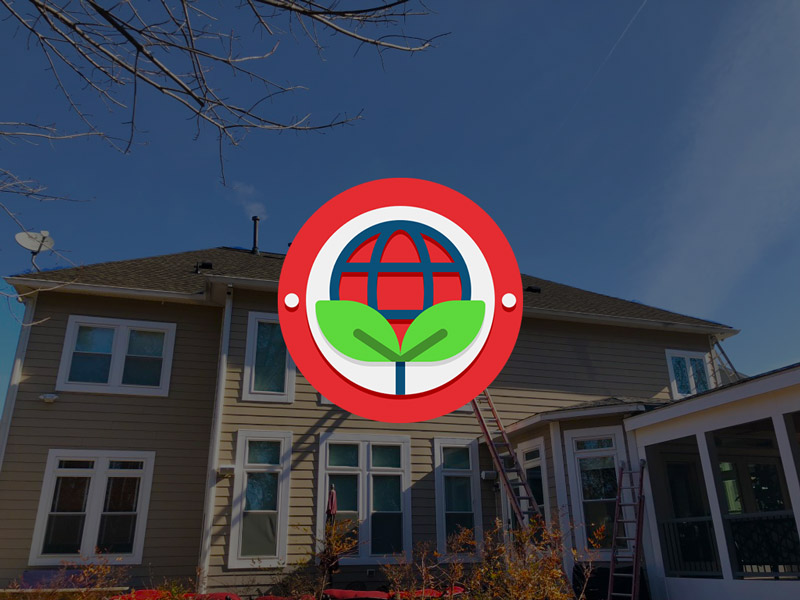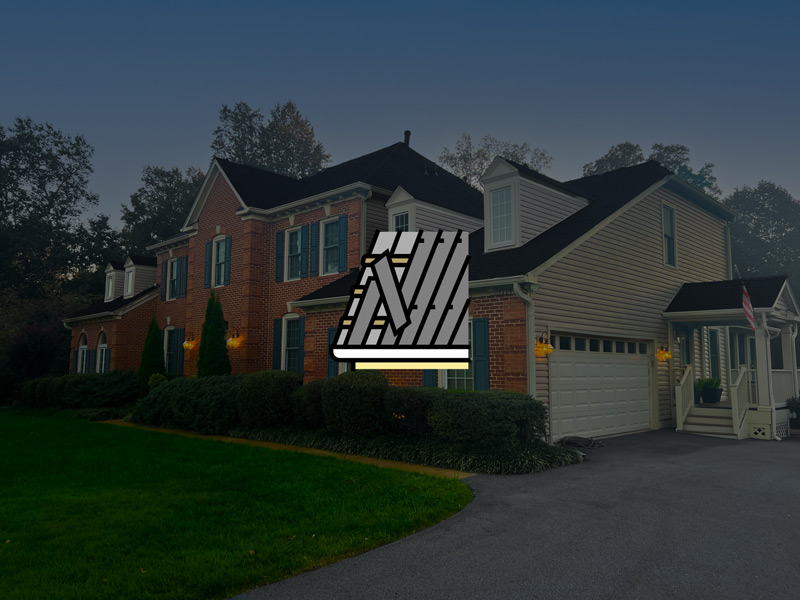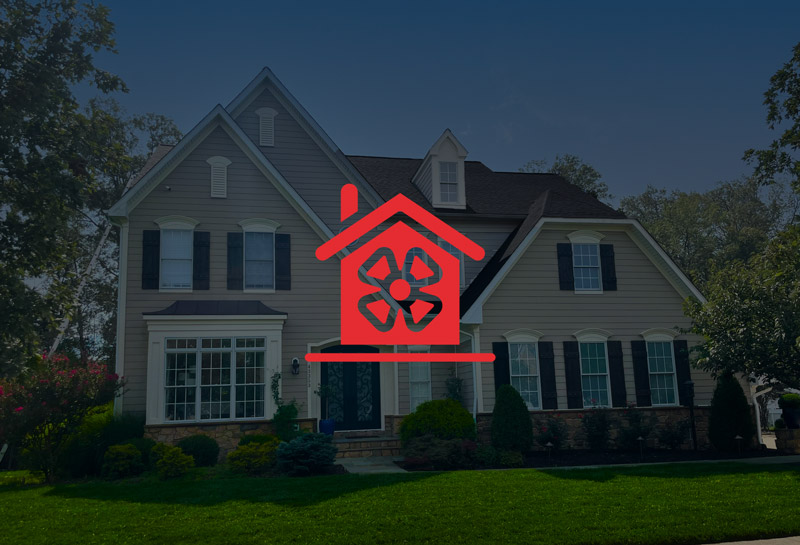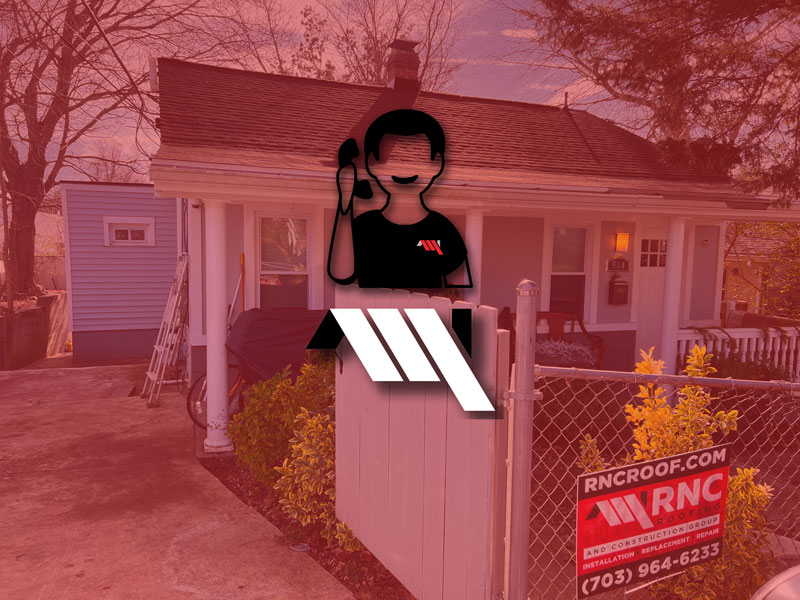What Causes Moss to Grow on Roof: Insights and Prevention
As we delve into the world of moss-covered roofs, we’ll explore the various factors that foster moss growth. From the influence of environmental conditions to the role of roofing materials, we’ll uncover insights that might surprise you. We’ll also guide you through the significance of shade, moisture accumulation, and the importance of regular roof maintenance in keeping moss at bay.

The Role of Environmental Conditions
When it comes to uncovering the mystery of what causes moss to grow on roofs, the environment takes center stage. The impact of environmental factors on moss growth is profound, shaping the very foundation of this natural occurrence.
Climate, Humidity, and Temperature: Catalysts for Moss
Picture this: a damp, shaded corner of your roof. This microcosm, often characterized by higher humidity levels, provides an ideal habitat for moss to thrive. Moss has an affinity for moisture-rich environments, and elevated humidity levels coupled with mild temperatures create a welcoming haven for its growth. These conditions provide the moisture necessary for moss to anchor itself and flourish on your roof’s surface.
Regions Prone What Causes Moss to Grow on Roof:Nature’s Preferences
Nature isn’t without its preferences, and some regions are more susceptible to roof moss growth than others. Areas with frequent rain, overcast skies, and higher humidity are like prime real estate for moss. The moisture-retaining capabilities of these climates offer moss the perfect playground to establish its presence on rooftops. Coastal regions, where the air carries moisture from the sea, tend to be particularly alluring to this uninvited guest.
Environmental Influences: Unraveling the Connection
The interplay between climate, humidity, and temperature in different regions determines how moss grows on roof While moss can establish itself in a variety of environments, understanding the role that these factors play can help you take proactive measures to curb its proliferation. By acknowledging these environmental influences, you’re better equipped to anticipate and manage moss growth, ensuring your roof remains both functional and visually appealing.

Roofing Materials and Their Susceptibility
The Connection Between Roofing Materials and Moss Growth
Roofing materials, often overlooked players in the realm of moss growth, play a significant role in determining the extent of this natural occurrence. Let’s dive into the intriguing world of how different roofing materials interact with moss and influence its growth patterns.
Influence of Roofing Materials on Moss
Not all roofing materials are created equal when it comes to their susceptibility to moss infestation. Certain materials provide an environment that’s more conducive to moss growth than others. Materials with a porous or textured surface tend to offer moss a cozy place to take root. These surfaces create microhabitats where moisture can accumulate, creating the perfect conditions for moss to establish itself.
Susceptible Roof Types: A Closer Look
While no roof is completely immune to moss, some types are more susceptible than others. Roofs with asphalt shingles, for instance, due to their composition and surface texture, can become a breeding ground for moss. Tile roofs, with their nooks and crannies, also offer ample hiding spots for moisture-loving moss. This susceptibility stems from the characteristics of these roofing materials, which inadvertently provide the ideal foundation for moss to grow.
Design and Material Selection: The Play of Factors
Roof design and material selection form a crucial duo that can influence moss growth. The design elements that encourage shaded areas, where moisture can accumulate, can create an environment conducive to moss development. Similarly, opting for roofing materials that are less porous or implementing designs that promote water runoff can serve as effective deterrents against moss infestation.
Navigating the link
Understanding the relationship between roofing materials, design choices, and moss growth is essential in your quest to maintain a moss-free roof. By choosing roofing materials that are less prone to moss colonization and adopting designs that minimize moisture retention, you can proactively safeguard your roof’s longevity and appearance.

Shade and Moisture Accumulation
How Shade and Moisture Nurture Moss Growth
In the intricate world of moss growth on roofs, the role of shade and moisture accumulation cannot be overstated. These covert accomplices provide the ideal conditions for moss to flourish, often leading to unexpected consequences for your roof’s health and appearance.
The Cozy Alliance of Shade and Moisture
Shade, cast by tree branches, neighboring structures, or overhanging foliage, creates pockets of darkness and reduced sunlight exposure on your roof. In these shaded zones, moisture tends to linger longer, serving as a catalyst for moss growth. These dimly lit areas become the perfect hideouts where moss can take root and gradually colonize the roof’s surface.
Nature’s Architecture: Aiding Moss Growth
The significance of nearby elements like tree branches and overhanging structures cannot be ignored. They not only cast shadows but also contribute to the accumulation of debris and organic matter on your roof. These debris-laden corners create microenvironments where moisture gets trapped, acting as a sponge that nurtures moss growth. As rainwater collects and flows, it carries nutrients from the debris, providing a nourishing environment for moss to thrive.
Gutters, Drainage, and Water Retention: Culprits Unveiled
The problem doesn’t end with shade alone. Faulty gutters, improper drainage, and water retention further amplify the issue. When gutters clog or drainage systems aren’t functioning optimally, water accumulates on the roof’s surface. This stagnant water, coupled with shade-induced moisture, becomes a breeding ground for moss. The interplay of these factors creates a haven for moss growth that can quickly escalate if left unchecked.
Shade Impact and Moisture Accumulation: A Call to Action
Understanding the intricate dance between shade and moisture accumulation is pivotal in preventing moss infestation. Regular maintenance to trim overhanging branches, clear debris, and ensure proper drainage can significantly reduce the opportunities for moss to take hold. By shedding light on the dark corners and keeping moisture at bay, you’re taking proactive steps to preserve your roof’s health and curb moss growth.

Roof Maintenance and Prevention
Safeguarding Your Roof: Practical Tips for What Causes Moss to Grow on Roof
Roof care and prevention are your frontline defenses against the encroachment of moss. By adopting proactive practices and armed with the knowledge of moss growth causes, you can ensure your roof remains in optimal condition while fending off the persistent advances of this green intruder.
Preventing Moss Growth: Tips and Techniques
Prevention is often the best cure, and when it comes to moss on roofs, it holds true. Regular roof maintenance plays a pivotal role in discouraging moss growth. Keeping your roof clean, debris-free, and well-ventilated minimizes the chances for moss to establish a foothold. Regularly removing fallen leaves, branches, and other debris prevents moisture accumulation, a primary contributor to moss colonization.
Deterrence through Regular Maintenance
Routine inspections and maintenance form the cornerstone of a moss-free roof. Schedule periodic checks to identify potential problem areas and address them promptly. Ensuring your gutters are clear, drainage systems are functional, and your roof’s surface is free from organic matter will make it an inhospitable environment for moss to thrive. The diligence you invest in regular maintenance pays dividends in the form of a moss-free, healthy roof.
Combatting Existing Moss: A Strategic Approach
If moss has already claimed a stake on your roof, fear not—there are steps you can take to mitigate its presence. Gentle cleaning methods, like low-pressure washing, help remove existing moss without causing damage to the roof’s surface. Once the moss is cleared, consider applying environmentally-friendly treatments that act as barriers against further growth. These treatments create an unwelcoming environment for moss, offering long-term protection.
Roof Care and Prevention: Your Shield Against Moss
Roof care and prevention aren’t just about aesthetics; they’re essential for the longevity and integrity of your roof. By incorporating these practices into your routine, you’re not only deterring moss but also safeguarding your investment. With a well-maintained roof, you can enjoy the peace of mind that comes from knowing you’ve taken the necessary steps to fend off moss and other potential challenges.
View More Articles
Please Share!











